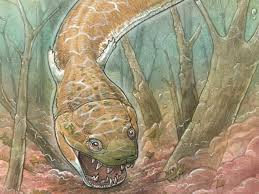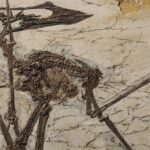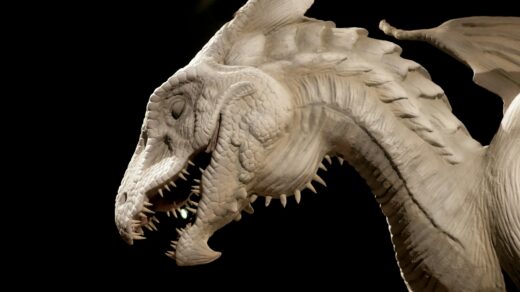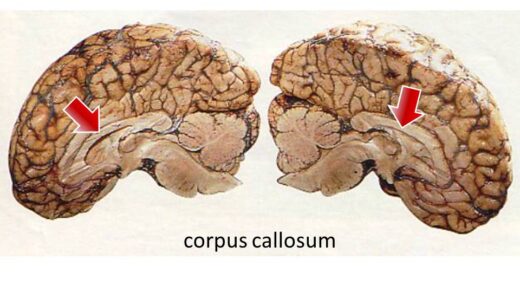Ancient Predator Uncovered: Giant Salamander-like Creature Roamed Namibia 280 Million Years Ago
A fascinating discovery in Namibia’s Namib Desert has revealed a prehistoric predator resembling a giant salamander. This formidable creature, named Gaiasia jennyae, lived around 280 million years ago during the Permian Period. Measuring at least 8 feet (2.5 meters) long and potentially reaching up to 13 feet (4 meters), Gaiasia was a top predator in its swampy ecosystem.
Gaiasia jennyae thrived in the cold, glacial environment of ancient Namibia, ambushing its prey with its large, flat skull and interlocking fangs. This skull, over 2 feet (60 cm) long, allowed Gaiasia to create a powerful suction to capture its prey, which included fish and other aquatic animals.
Evolutionary Significance
The discovery of Gaiasia provides crucial insights into the evolution of early land vertebrates. About 100 million years before Gaiasia, the first land vertebrates, known as stem tetrapods, evolved from fish with fleshy fins. These creatures were not true amphibians but paved the way for the evolution of amphibians, reptiles, and mammals.
Despite most early tetrapods being found near the ancient equator, Gaiasia’s presence in the remote region of Namibia challenges previous assumptions. It suggests that unique and isolated ecosystems supported diverse forms of life, even in colder climates.
Survival Status In Ecosystem
Jason Pardo, a National Science Foundation postdoctoral fellow at the Field Museum of Natural History, emphasized the significance of Gaiasia’s discovery. “Gaiasia is unlike anything we’ve seen before, indicating a potentially vibrant ecosystem of unique animals,” he said.
This ancient predator existed long before dinosaurs roamed the Earth. Evolution during the Permian Period was marked by rapid changes, leading to the emergence of diverse and often bizarre creatures like Gaiasia.
Field Discoveries
The well-preserved fossil remains of Gaiasia include a skull, spine, partial skulls, vertebrae, and jaw pieces. Claudia Marsicano, a researcher and professor at the University of Buenos Aires, described the shock of discovering such a large and distinct specimen.
Gaiasia’s fossils depict a formidable predator with a wide, flat skull that allowed it to create a suction effect, capturing and consuming prey with its long fangs. Despite being ectothermic, relying on external temperatures to regulate its body heat, Gaiasia grew to massive sizes and likely lived for several decades.
Future Research
Paleontologists continue to explore Gaiasia’s ecosystem to uncover more about its life and the environment it inhabited. Discovering more fossilized remains could provide further insights into the creature’s physical characteristics and its role in the prehistoric ecosystem.
The presence of Gaiasia in the far south highlights the diversity of life forms that thrived in ancient, isolated environments. As researchers uncover more about these ecosystems, they hope to gain a deeper understanding of the evolutionary paths that led to modern vertebrates, including mammals and reptiles.
The discovery of Gaiasia jennyae not only enriches our knowledge of prehistoric life but also underscores the complexity and diversity of ancient ecosystems, offering a glimpse into a world long before the age of dinosaurs.

Engage with Us:
Stay tuned for more captivating insights and News. Visit our Blogs and Follow Us on social media to never miss an update. Together, let’s unravel the mysteries of the natural world


















